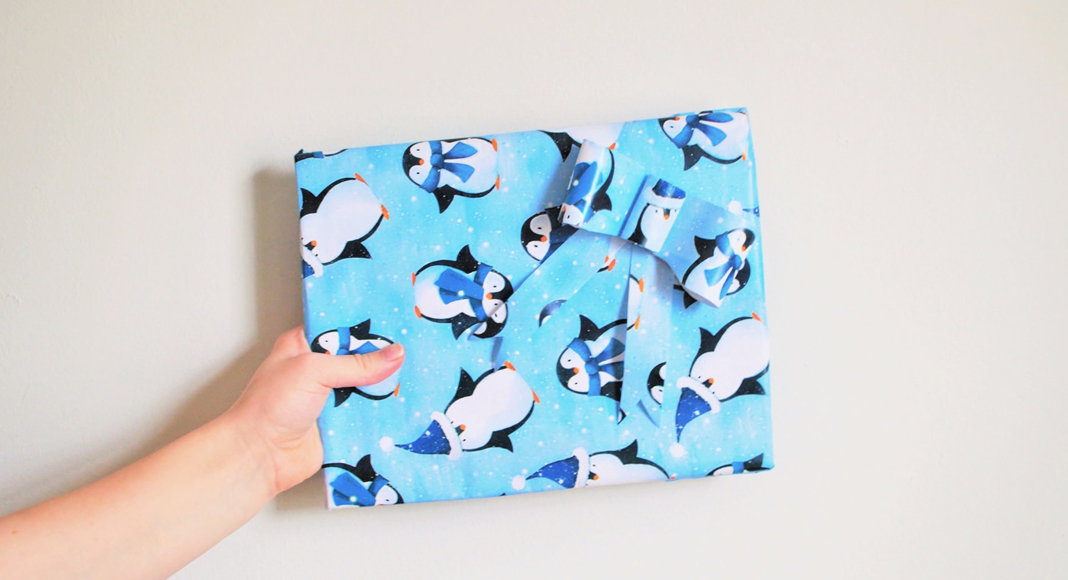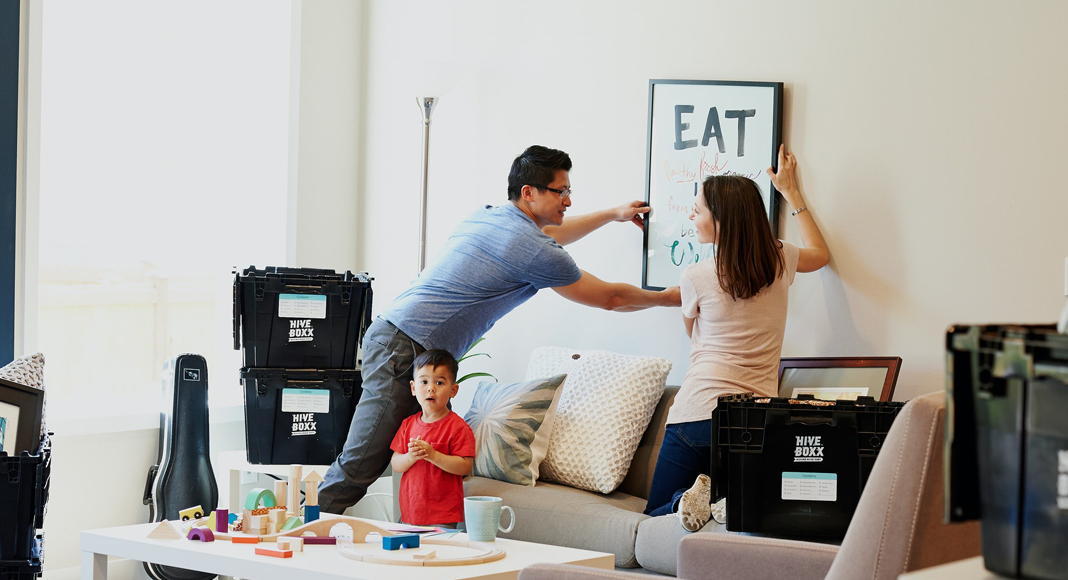I had a mix of emotions when thinking about my return to work after a lovely 12 weeks of maternity leave. I was excited to get back to my job but also dreaded leaving my little one in the care of others (a story for another time). A big part of my anxiety was the fact that I was about to go from exclusively breastfeeding on demand to pumping and supplementing with bottles for those daytime hours (10 hour shifts plus a 20+ minute commute both ways). I had great support via my husband, colleagues, and supervisor; but I felt like I had no clue what I was getting myself into or what to do.
After 1 year, Arlo and I have recently concluded our breastfeeding journey.
Today, I’d really like to share with you some of the tips and tricks I have learned along the way.
- First of all, know your rights. Did you know there are federal laws that protect nursing mothers? From Break Time for Nursing Mothers | U.S. Department of Labor (dol.gov): The Fair Labor Standards Act (FLSA) requires employers to provide eligible employees with reasonable break time to pump breast milk for their nursing child for one year after the child’s birth. Under the law, employers are required to allow eligible employees reasonable break time to pump whenever needed. Employers are also required to provide eligible employees with a private place to pump (i.e. space is shielded from view, free from intrusion, and NOT in a bathroom). If employees are not eligible to take breaks to pump under FLSA, they may be able to take breaks under state laws providing protections to nursing mothers. The state of Idaho does not currently have any state-level workplace lactation accommodation legislation to protect and support breastfeeding employees in the workplace. Please be upfront with your reasonable requests. I found it helpful to let my supervisor know about my needs and proposed a schedule to not impact patient care or my job responsibilities.
- Allow you and baby opportunities to practice before the “big day.” Make sure that you have practiced bottle feeding with your infant in advanced. Your breastmilk supply should have been well established by about week 6 and it isn’t recommended to introduce bottles or pumping prior to this time (if nursing is your ultimate goal.) If you are past this point, you can simply use a haakaa to collect milk on the opposite breast that babe is feeding on/or pump after a feeding session. Use this expressed milk to do at least small trial practices with bottles. This will help decrease your stress upon leaving your babe and whether or not they will eat/refuse to eat while you are gone. If you are concerned about “nipple confusion,” I recommend starting with a slow flow nipple and using paced bottle feeding techniques; this will help better replicate breastfeeding so that babe does not develop a strong preference for one over the other.
- I have several recommendations in terms of supplies. Get a work bag that hauls it all! I used [this bag] purchased from Amazon that carries my laptop, wallet and purse essentials, clipboard, pump, and pump supplies! I also recommend [these] awesome cooler bags and inserts for discreet storage of pumped milk and pump parts. If you have a commute, get a wearable/hands free pump; I purchased [these]. They were compatible with my Spectra 2 pump and were convenient with NO HANGING BOTTLES! I did appreciate my Spectra 2 pump as it has a rechargeable battery, which means I was not required to be plugged in!
- Schedule and Habits? Try to keep your pumping schedule similar to that of your baby’s breastfeeding patterns or when they would be getting their bottles. During these pumping sessions I also made sure to look at pictures and videos I had taken of Arlo breastfeeding and playing. I worked on making these sessions and my space as enjoyable and calm as possible. Remember; stress is a major supply tanker! Also, be sure to stay hydrated and well-nourished. Pumping and nursing is hard work, and you need lots of fluids (keep a large water bottle with you as often as you can) and those extra calories to maintain your supply.
I hope you find this post to be helpful and I would love for the mommies out there to share how you managed your transition and tips and tricks!














